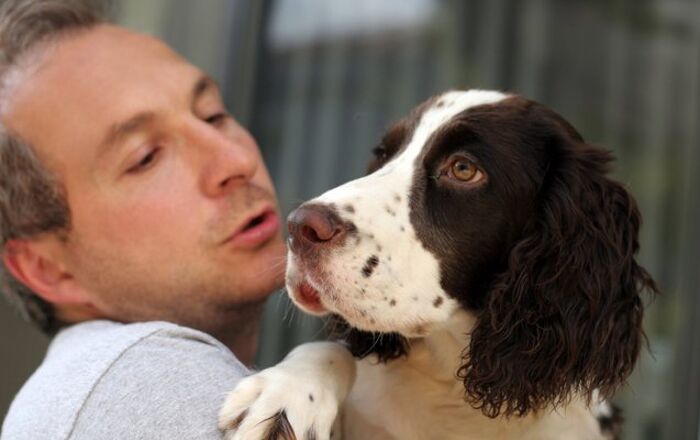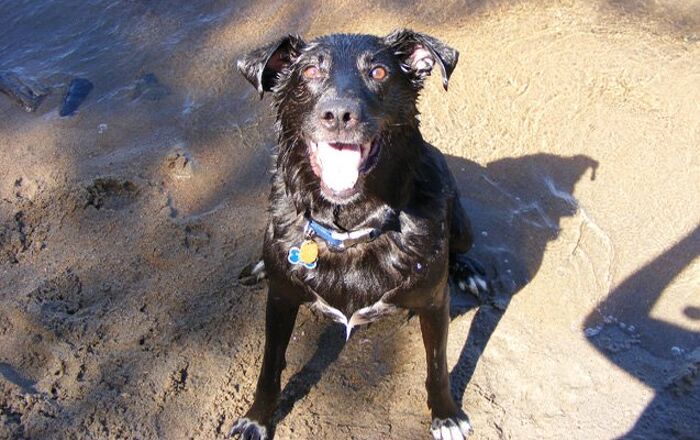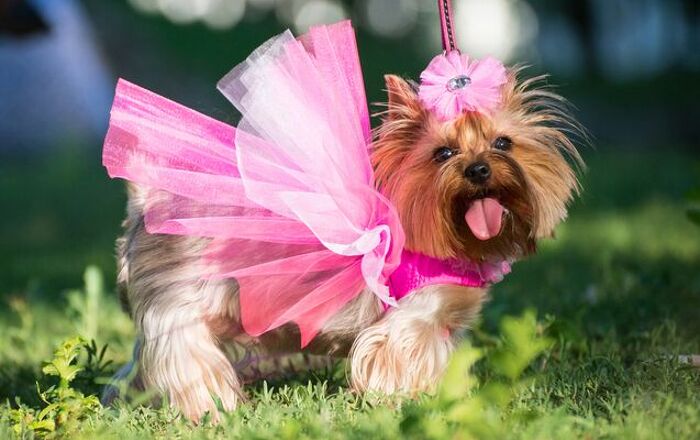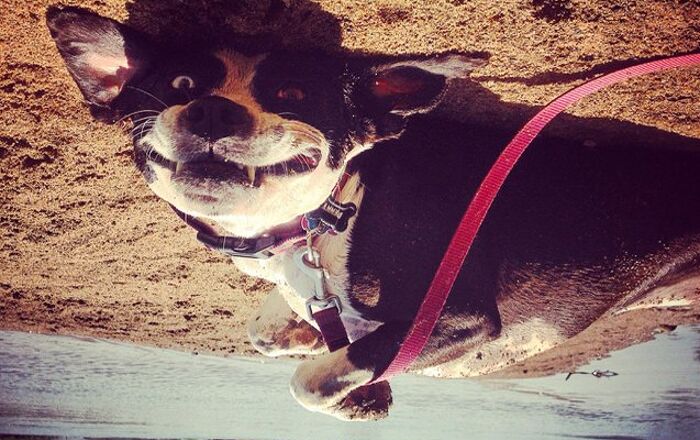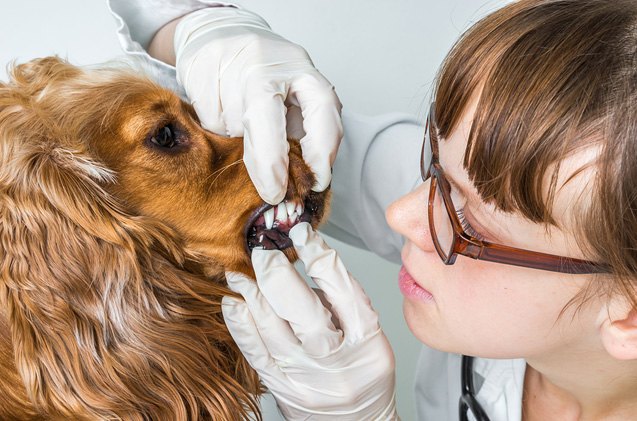
To sedate or not to sedate – that’s the question when it comes to anesthesia-free pet dentistry. Are there any benefits to the sedation-free procedure?
If you’ve ever been in the chair when your dentist says “we’re just going to do a quick procedure that won’t require anesthesia”, you’ll know what I’m talking about. I don’t think a dental procedure has been invented that a) doesn’t hurt, b) doesn’t hurt more than they say it will, and c) doesn’t have me spitting blood at the end of it all.
Related:Six Ways to Keep Your Dog’s Teeth Clean
The problem is that like we humans who go in for our semi-annual check-up, pets need to have their teeth examined as well. And when you stop and think about all they do with their mouths – chewing, catching, fetching, pulling… it’s almost inevitable that some work will be required over time, right?
There is in fact a debate raging (well, maybe not raging but it’s taking place) within the pet dental community regarding the use of anesthesia-free dentistry and here’s why. It’s only used for what is considered “cosmetic” purposes: cleaning just the surface of your pet’s teeth while he’s fully awake. It doesn’t involve a true examination and evaluation of what’s going on in there below the gum-line or between his teeth – which are the parts you really need to be concerned about.
Related:What to Expect From a Veterinary Teeth Cleaning
A lot of pet parents with older animals – where it can be risky to put them under – opt for this procedure, thinking they are choosing a safe, effective (and less expensive) means to have their pooch’s (or puss’s) dental needs met. Not necessarily so, and some specialists argue that the process does more harm than good. Specifically:
At the end of the day, a well-trained, experienced veterinarian who can make your pet feel comfortable while conducting a full oral exam will be money well spent.


